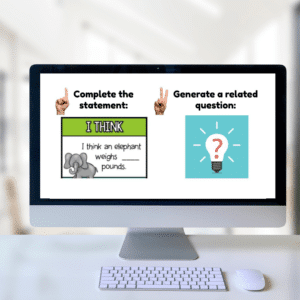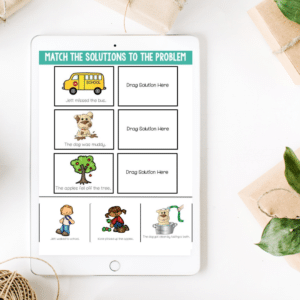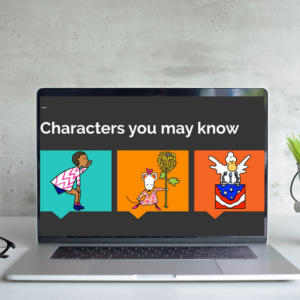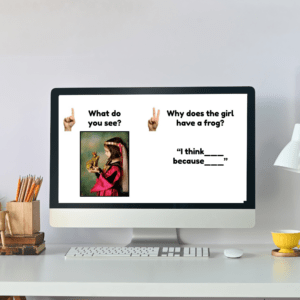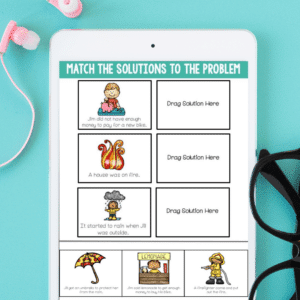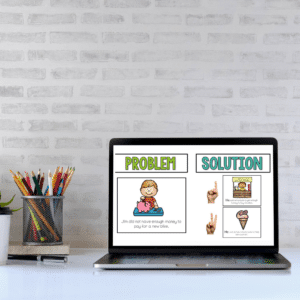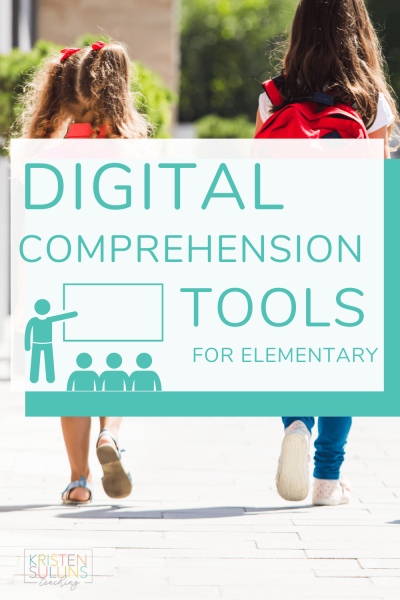If you teach lower elementary, then you know that there is SO much that goes into the comprehension of a book. Students are learning so much at this age and even listening comprehension requires their little brains to work so hard.
Why do I bring this up?
Because I want you to think about how hard they are ALREADY working when they are listening to a read aloud and when you use a mentor text to introduce a NEW SKILL, most students’ brains go into overload!
So what should we do instead?

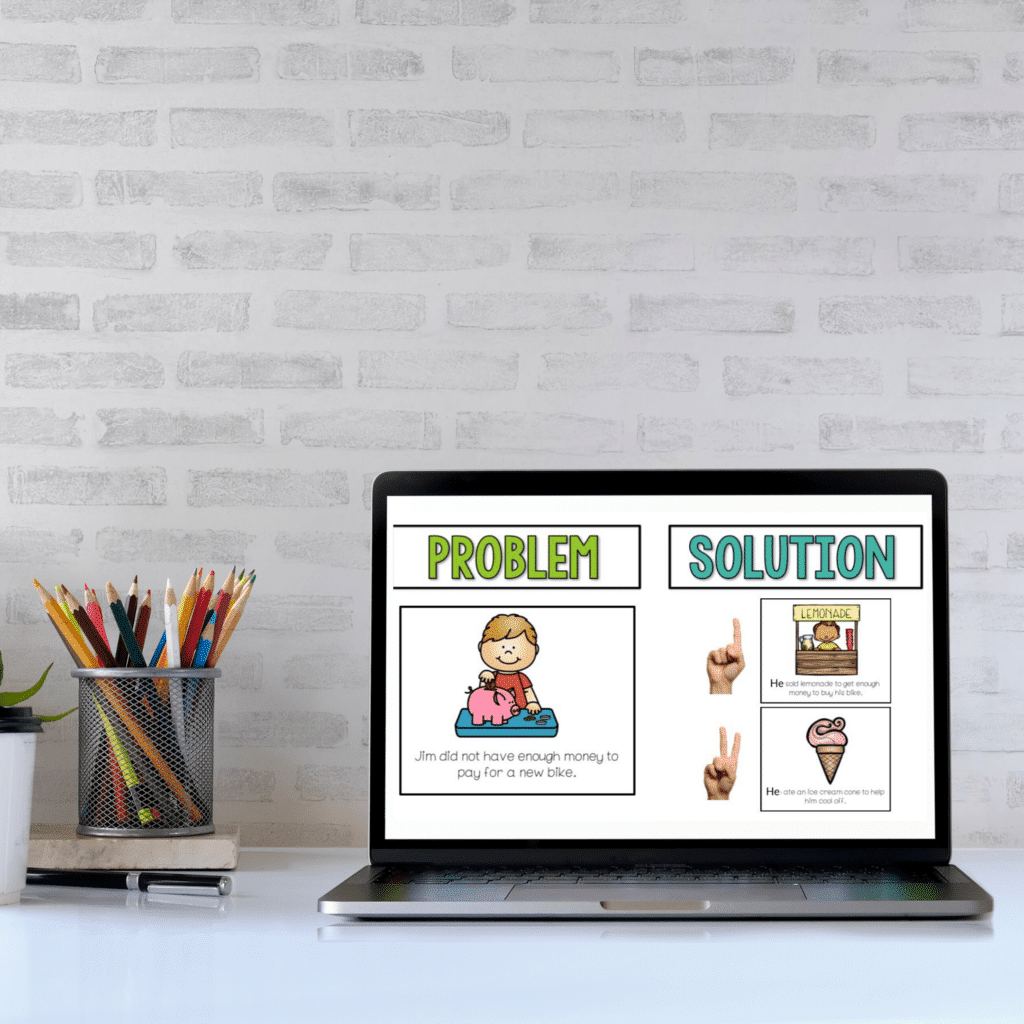
Non-Text Activities
I know that's probably what you are thinking right now… “How on Earth am I supposed to teach students to master a reading comprehension skill if we aren't actually READING a book?
Well my friend, this is one of the biggest mistakes that I think I have made in my teaching career. When I first introduce a reading skill and also when I provide intervention on that skill, I have found SIGNIFICANT growth in my students by starting with non-text activities. It allows them to focus on the skill itself.
You don't throw a new football player into the game without individually coaching them on tackling, throwing and running routes. So why would you throw a student into a book without first individually practicing ALL of the skills you want them to be successful in.
Don't get me wrong, I'm jumping straight back into finding examples of the skill in mentor texts on day two… but when it's time for interventions, we are going back to the non-text activities to master the skill before I have them apply it in a book.
What does it look like?
Non-text activities should be simple and short! I’m talking less than 5 minutes and they should preferably be interactive.
I know… I hear “interactive” and I shudder.
But it can be as easy as showing students an example and having them answer you with a thumbs or thumbs down, or showing you one finger or two fingers.
Like I said, simple and short!
I like to use these slideshows on the first day that I introduce a skill, but I will also show them again on my laptop to a small group of students who need intervention on the same skill later on.
You can read more about how I create extra intervention time in my day here.
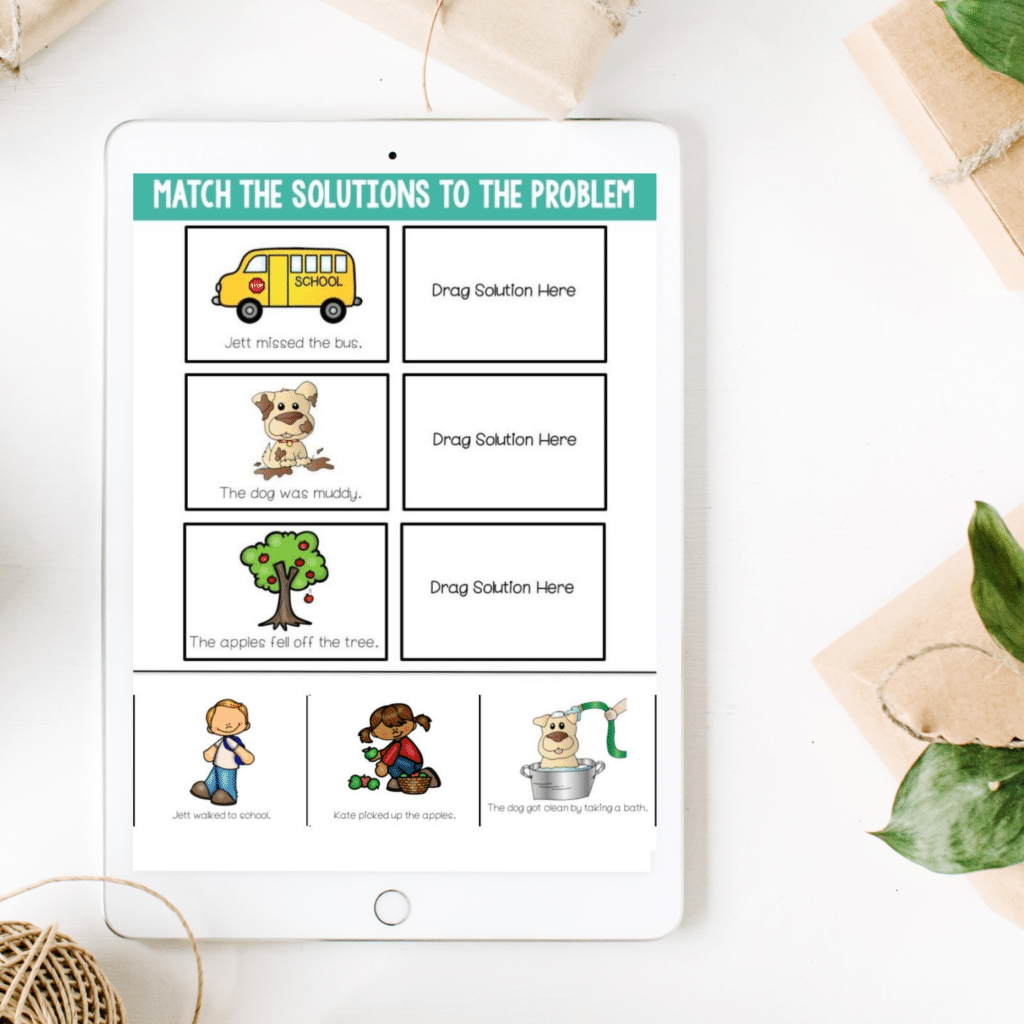
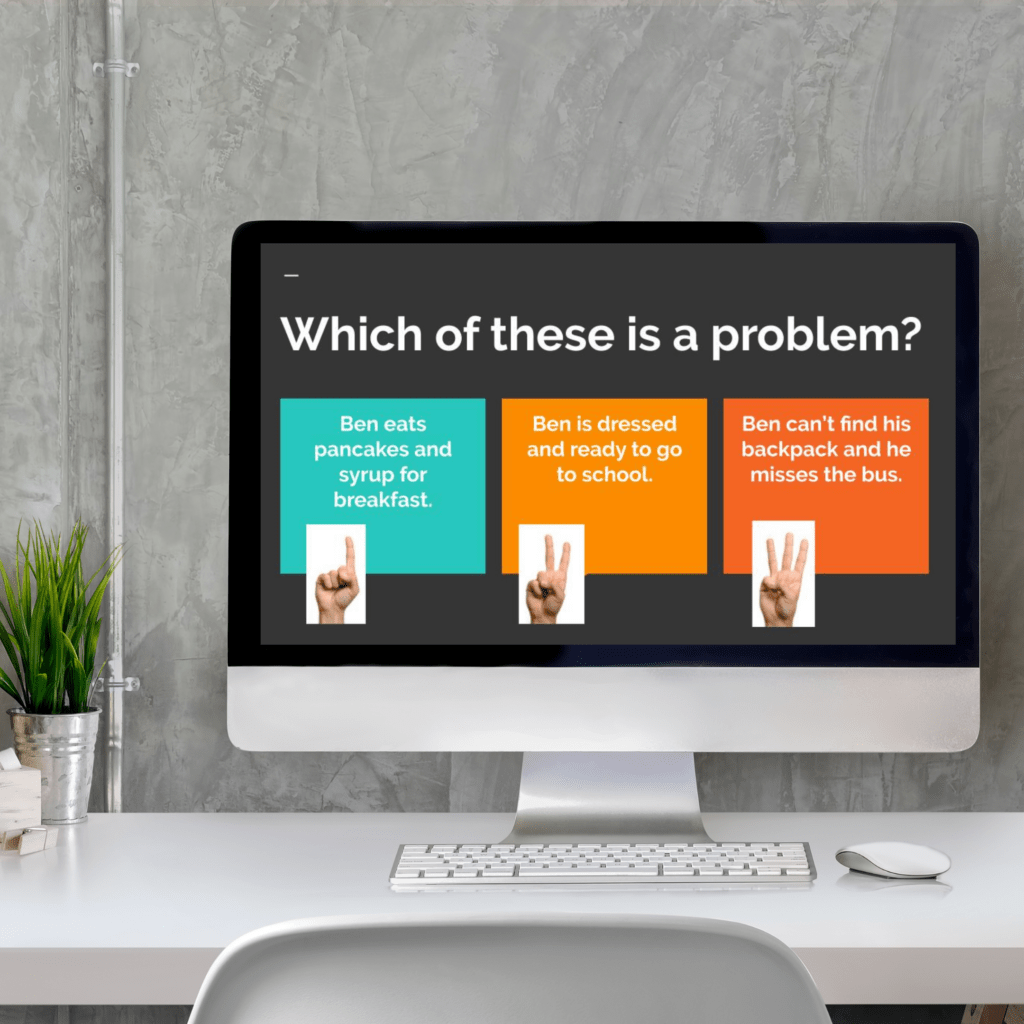
When do you start using examples from mentor texts?
As soon as you want. Sometimes we pull in a mentor text as soon as I’m done with the slideshow, but most of the time I find an independent non-text activity they can do without referencing a book on the first day and start using mentor texts on the second day.
Here’s a tip… whatever non-text activity you use to introduce a skill can be put into your reading/writing station later in the week. If we do it together on Monday, students can usually complete it independently after that which makes for great station activities!
Non-text activities for inferencing/predictions/conclusions are very easy to find, because you can simply use photographs.
You can read more about The Secret to Mentor Texts in Elementary here.


